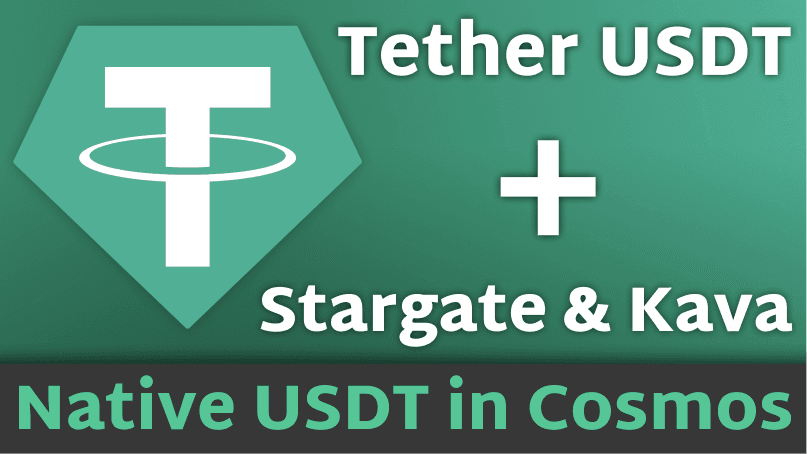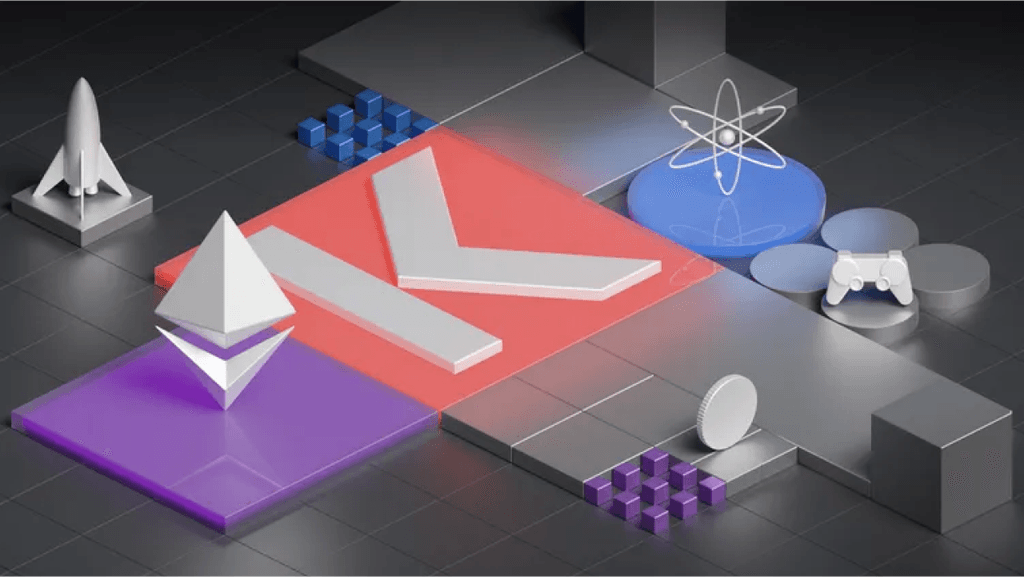Overview
Kaia Blockchain is a highly optimized Layer 1 blockchain solution designed to meet the scalability and performance demands of enterprise applications. Built on a modified Byzantine Fault Tolerance (BFT) model, Kaia ensures low latency and reliable operation, catering to both Web2 and Web3 users. Kaia focuses on providing an accessible blockchain platform with high throughput, robust security, and low fees, making it suitable for real-world applications across industries.
Key Features
- High Transaction Throughput: Kaia processes up to 4,000 transactions per second (TPS) with one-second block finality.
- Low Cost: Gas prices are competitive, approximately one-tenth of Ethereum’s standard rate, with fee delegation options allowing businesses to cover transaction costs for end-users.
- EVM Compatibility: Fully compatible with the Ethereum Virtual Machine (EVM), enabling developers to port Ethereum-based dApps to Kaia seamlessly.
Network Architecture
Kaia’s network is organized into three main subnetworks:
- Core Cell Network (CCN): Responsible for transaction verification, block creation, and network consensus.
- Endpoint Node Network (ENN): Manages API requests and data for service chains, improving efficiency for dApp integration.
- Service Chain Network (SCN): Supports independent, customizable sidechains for specific applications, promoting scalability.
Node Types
- Consensus Node (CN): Facilitates block generation and plays a key role in consensus.
- Proxy Node (PN): Manages transaction requests and communication within the network.
- Endpoint Node (EN): Acts as the entry point for user interactions, processing API requests.
- Bootnode: Assists new nodes in joining the network, enhancing scalability and access.
Consensus Mechanism
Kaia uses a refined version of Istanbul BFT, incorporating Practical Byzantine Fault Tolerance (PBFT) for secure, deterministic consensus. Through Verifiable Random Function (VRF), the network selects proposers and validators randomly for each block, preventing potential manipulation and guaranteeing finality upon consensus. This system allows Kaia to achieve high performance while minimizing network congestion through multi-channel propagation.
Smart Contracts and Kaia Virtual Machine (KVM)
Kaia’s KVM is a modified Ethereum-compatible virtual machine that supports Solidity-based smart contracts and adds unique precompiled contracts specific to Kaia. This environment provides:
- Portability for Ethereum Developers: Facilitates contract migration with minimal changes.
- Expanded Functionality: Enables versatile dApp development, including tokenization, automated governance, and complex data storage capabilities.
Smart contracts on Kaia are used extensively for decentralized applications (dApps), asset tokenization, and governance functions, providing a transparent and tamper-proof foundation for on-chain services.
Security and Interoperability
Kaia integrates advanced security mechanisms, such as VRF for random selection in consensus, key separation for validator security, and multi-sig options for account management. Additionally, Kaia’s EVM compatibility supports cross-chain interoperability, allowing transactions and smart contracts to function seamlessly across compatible chains.
Token Economy
Kaia’s native token, KAIA, is pivotal to the ecosystem. It serves as:
- Transaction Fuel: Used to pay transaction fees, with fees dynamically adjusted based on network activity to mitigate congestion.
- Incentives: KAIA tokens are distributed as block rewards with an initial inflation rate of 5.2% annually, supporting validator rewards, staking, and ecosystem funds:
- Kaia Ecosystem Fund (KEF): 25% of rewards go towards ecosystem growth.
- Kaia Infrastructure Fund (KIF): 25% dedicated to infrastructure improvements.
- Staking Rewards: Remaining rewards incentivize staking, boosting security and user engagement.
Governance
Kaia’s governance model is on-chain, giving voting rights proportional to the KAIA staked. Governance ensures inclusive decision-making with safeguards against major stakeholders suppressing minority votes. All proposals and decisions are recorded transparently, promoting accountability and community engagement.
Ecosystem and Development Support
Kaia encourages ecosystem growth with tools and infrastructure, including SDKs, developer libraries, wallet solutions, and dedicated funds for dApps. Its support extends to Real World Asset (RWA) tokenization, enhancing liquidity for assets like real estate and commodities.









